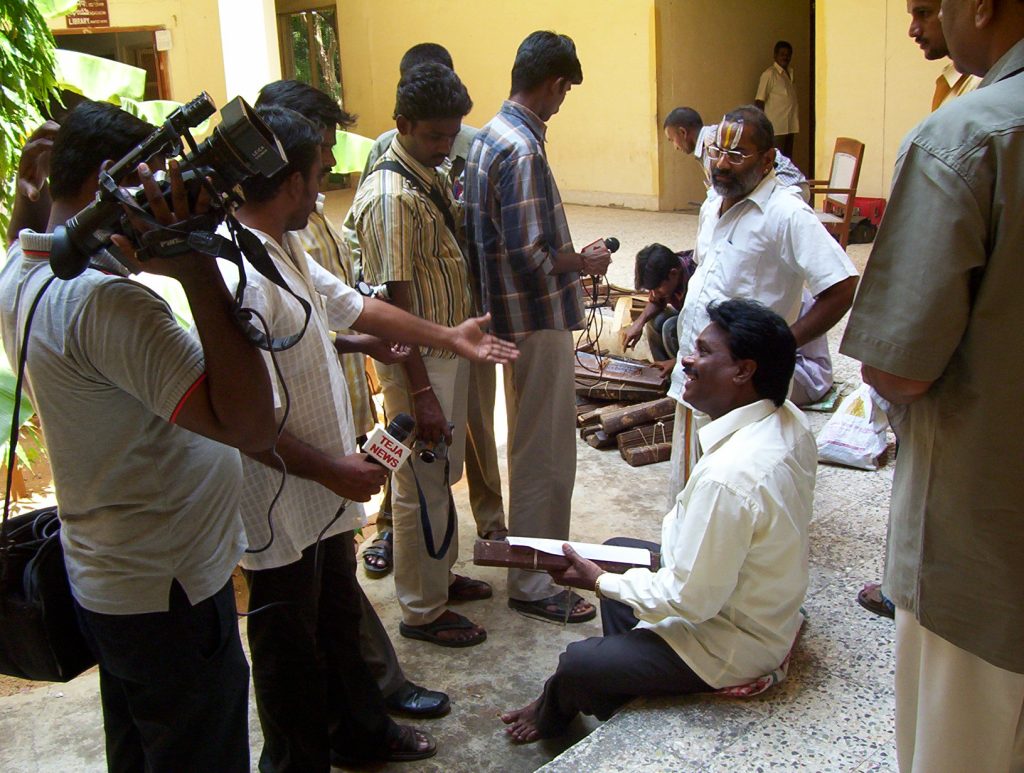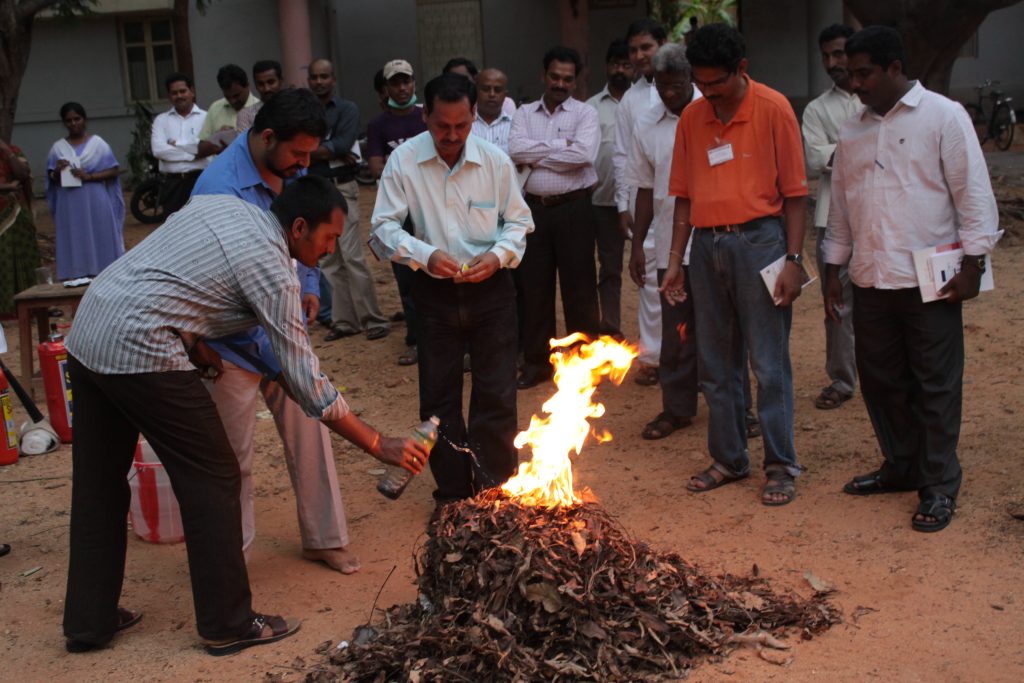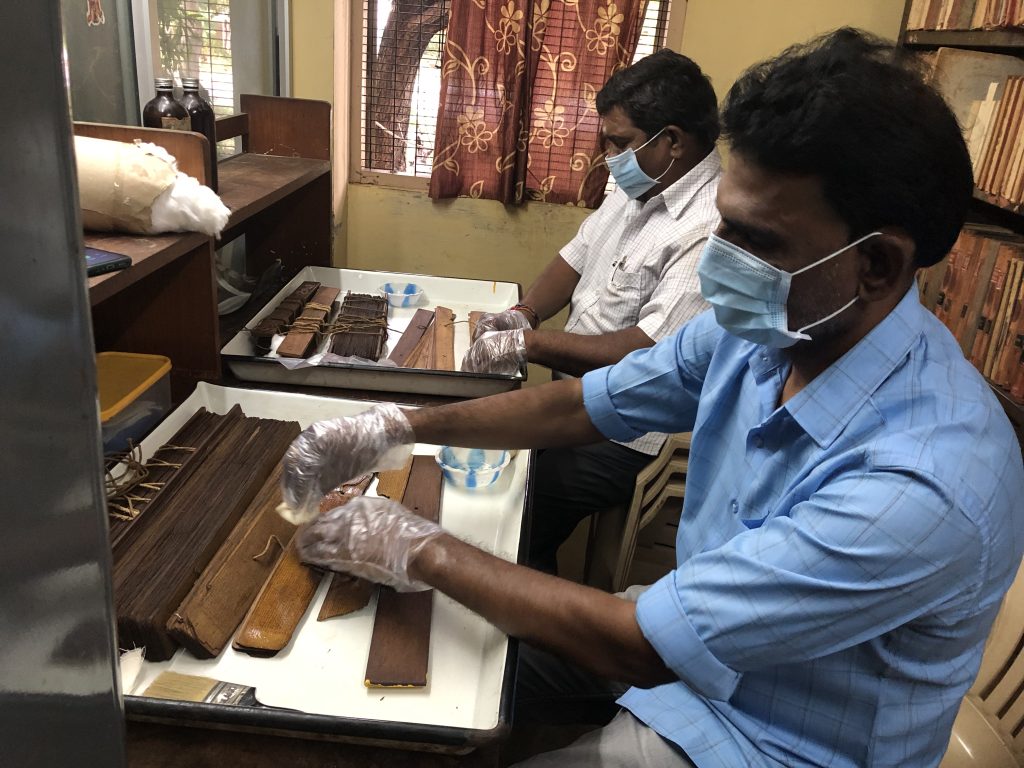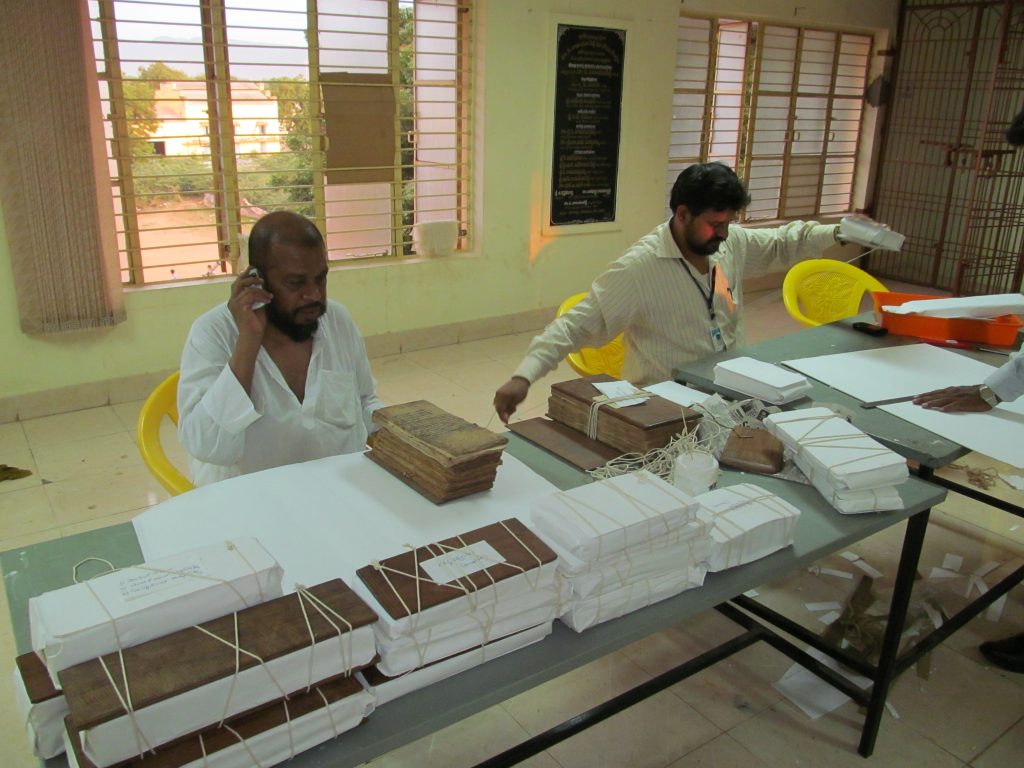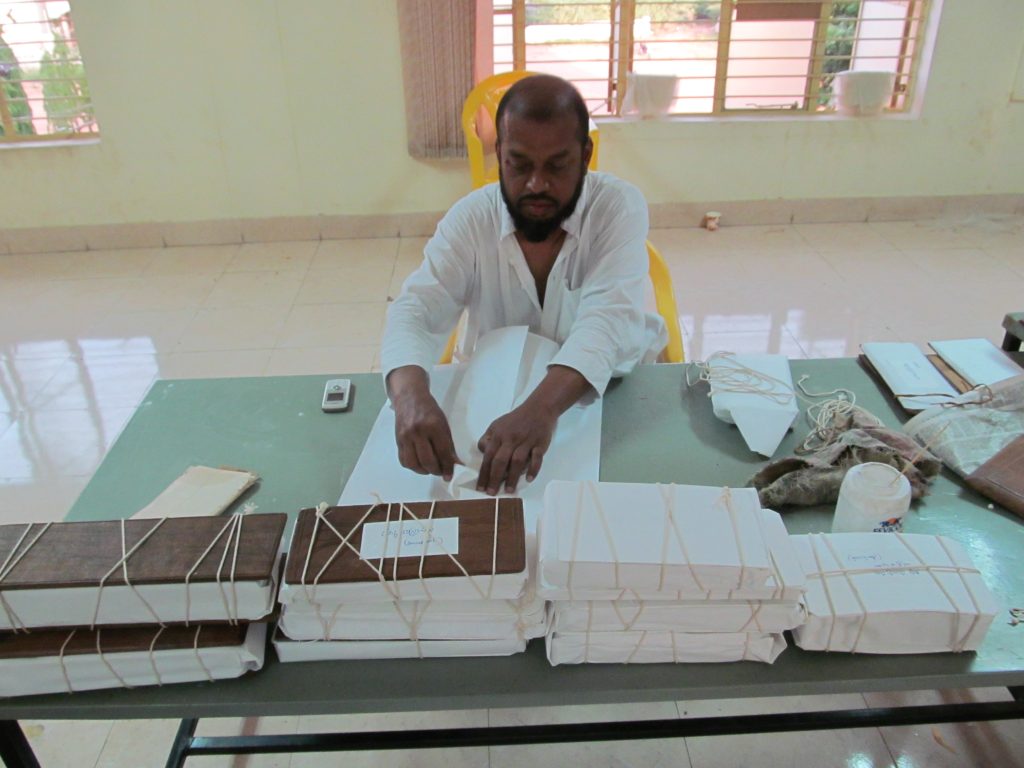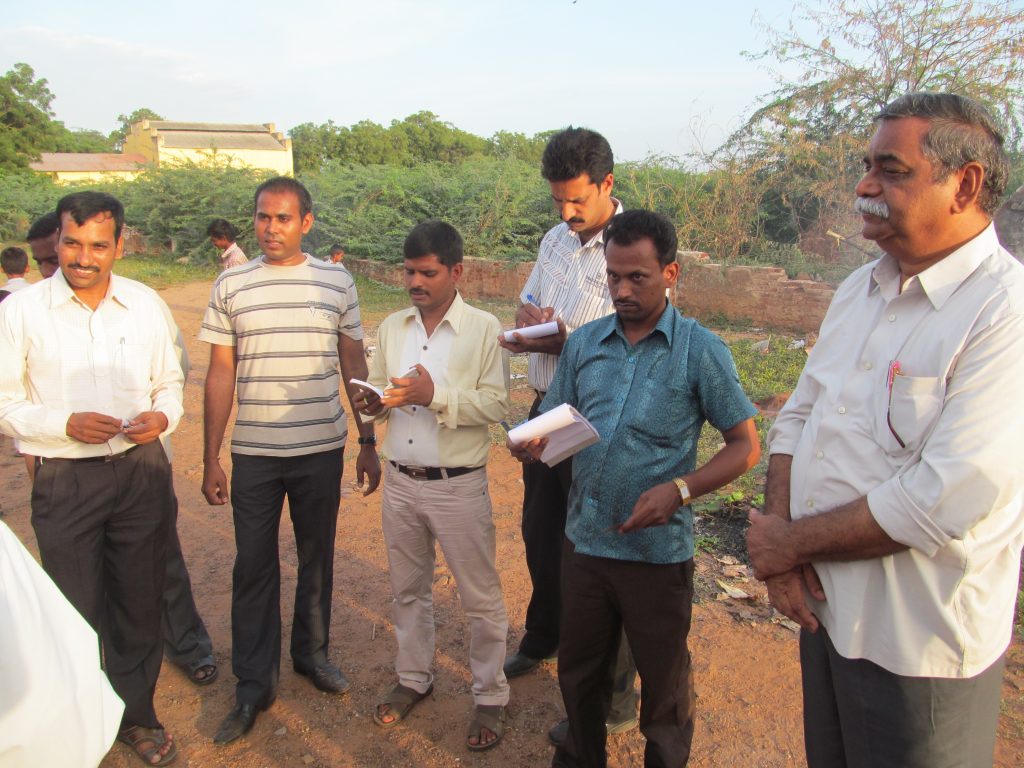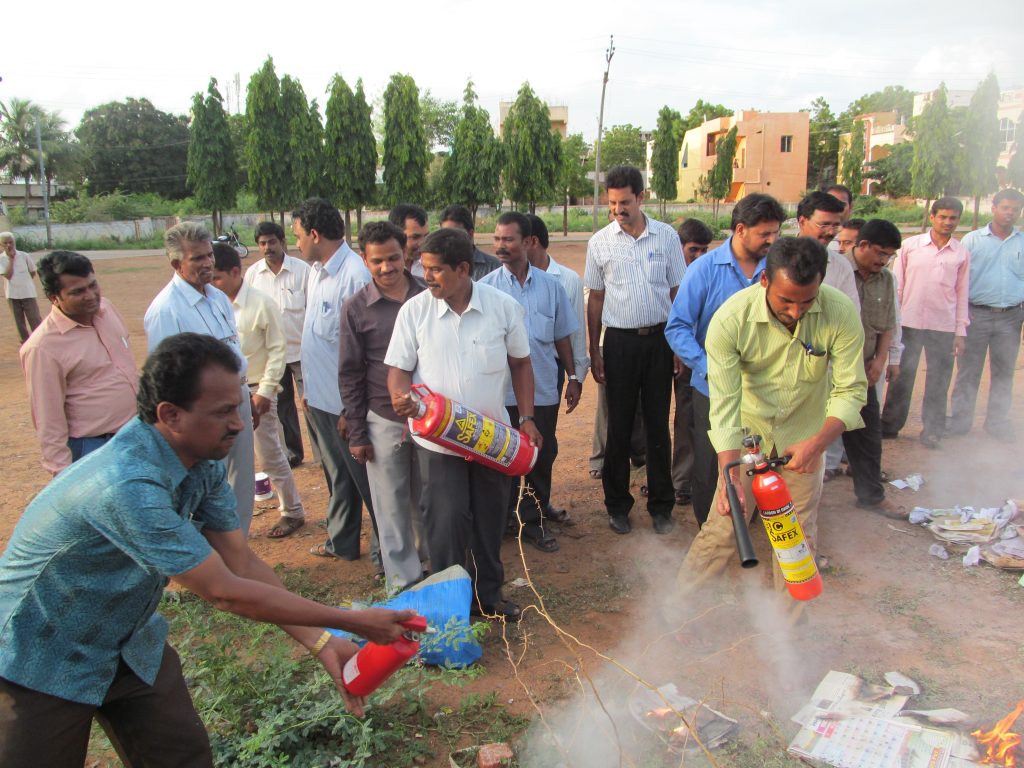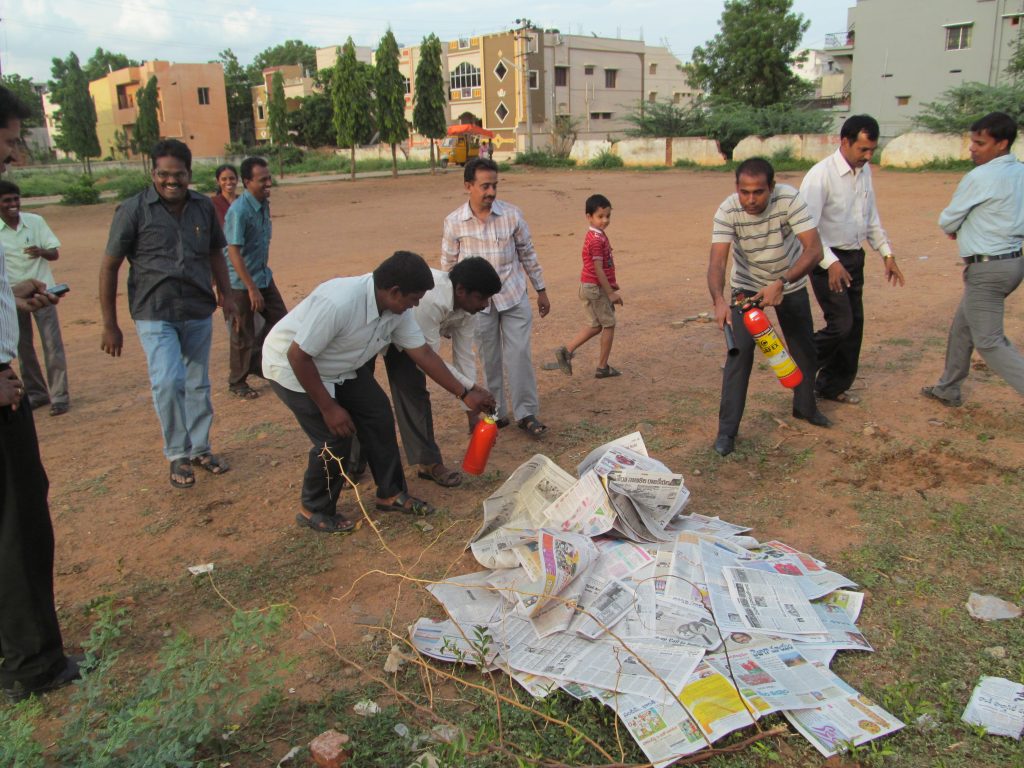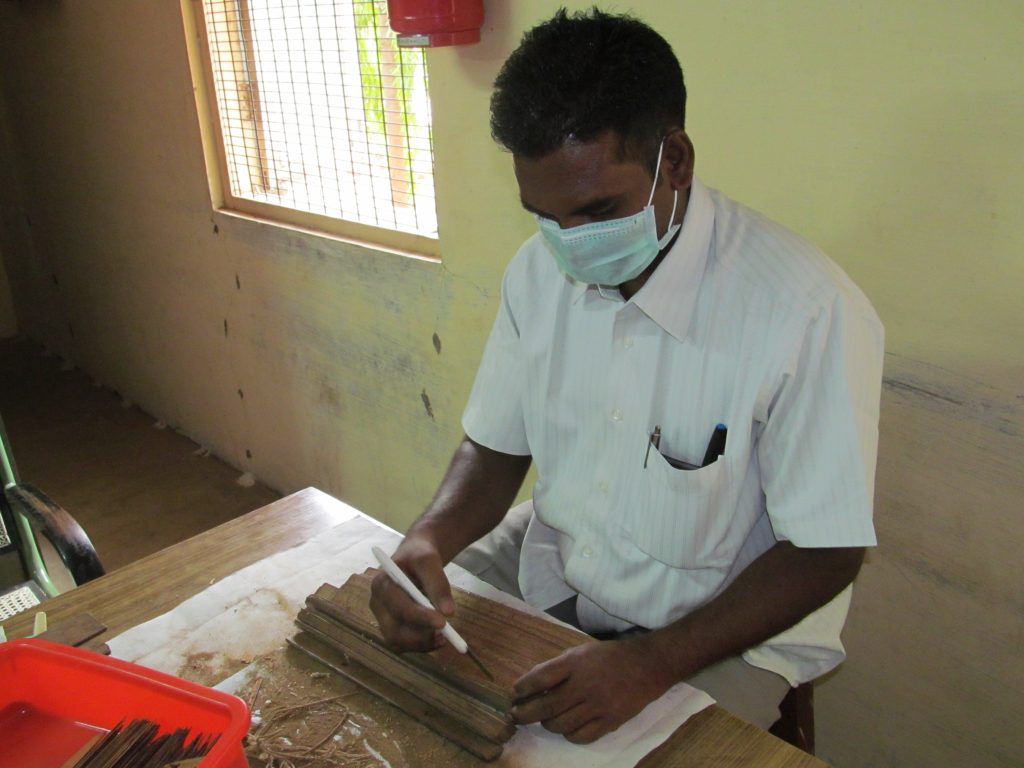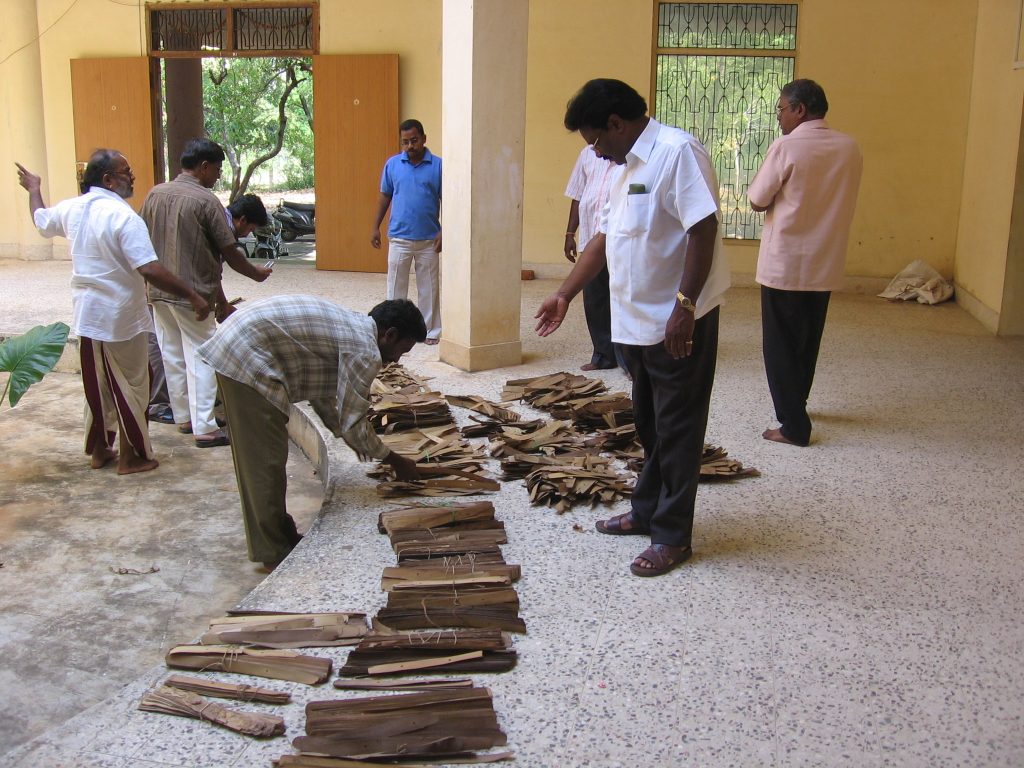Manuscripts Preservation and Digitalization
"Unlocking the Secrets of History: Manuscript Preservation and Digitalization"
Manuscripts Preservation
Manuscript Preservation is our expertise, employing state-of-the-art techniques to protect the fragility of delicate manuscripts. Our skilled professionals ensure that these valuable documents are safeguarded against environmental threats such as humidity, pests, and aging. Suggestions for image: Archival boxes with protected manuscripts, conservationists carefully restoring fragile pages, a climate-controlled preservation room.
Translation Services bridge the gap of language barriers, offering the accurate interpretation of manuscripts in various languages. Our team of linguists and historians ensures that these ancient texts are not only preserved but also made accessible to a global audience.
Archival Documentation focuses on cataloging and organizing digitized manuscripts, ensuring their easy retrieval and systematic preservation. By creating detailed metadata for each document, we harmonize centuries-old knowledge, making it readily accessible for scholarly study and future research.
Our service extends to Historical Research Support, catering to the needs of scholars and researchers in their quest for knowledge. We provide specialized assistance, allowing researchers to access and analyze digitized manuscripts as they delve into wide-ranging historical topics.
Digitization Excellence
Digitization Excellence combines cutting-edge technology and meticulous care to convert ancient manuscripts into accessible digital formats. By digitizing these treasured texts, we ensure their preservation and provide easy access for scholars, researchers, and avid learners alike.
Digitization means acquiring, converting, storing and providing information in a computer format that is standardized, organised and available on demand from common system Manuscripts are converted into compressed digital formats with specialized scanners and stored systematically for future reference.
- To promote access to manuscripts
- For preservation in a longer lasting medium and creating a back up copy with as close a resemblance to the original as possible.
- To reduce handling of very fragile or frequently used original manuscripts.
Digitization is the primary step in order to preserve the contents of the Manuscripts and one of the Mandate of ORI. It is essential to save the Manuscript treasure and its knowledge base as much as possible before it is lost forever keeping in view the condition of the ancient Manuscripts.
Digitization of manuscripts as means of protecting and documenting textual heritage has emerged as an important field in recent times. With the advancement of information technology, digitization promises documentation and preservation of original texts, facilitating at the same time, greater access for scholars and researchers.
Objectives of digitization
- Digital preservation of the original manuscripts for posterity
- Promotion of access and usage for scholars and researchers, without tampering with original copies
- Creation of a digital library as a resource base of the digitized copies of some of the significant manuscript collections of the country
- Creation of standards and procedures for digitization of manuscripts
Integration, Storage and Management of digitized images
The possibility of being able to use a collection of digital images in the way it was intended, depends not only on conversion standards and quality controls, but also on how the digital images are stored and managed. If the purpose is to meet not only short term needs but also to provide accessibility over time, steps have to be taken to satisfy both current users and the expectations of future users.
Plan must be made to:
Make scanned images available for the intended use.
Periodically upgrade the user interface functionality.
Transfer images to new media to meet increasing capacity for processing and handling of digital information.
To make scanned images usable, great care should be taken relating to their storage. All image files that are produced by a digital image project must be organized, named and described in a way that fits the purpose of the project.
Organization of images
The process and format of storage needs to be decided before a name and a description of an image file is considered. In case of manuscripts,
the source documents being scanned are physically organized according to principles of library management. Collections of materials generally have numbers given by the library or repository where they are stored. Therefore, it is organized in such a way that just by looking at the name one can tell about the details of digitized manuscript.
Short term storage
The digitized images may be stored on DVD’s, blue ray, tapes and hard disks of superior and reputed quality.
Long term storage (archival)
General recommendation for long-term storage conditions
- For archiving recordable (R) discs, discs that have a gold metal reflective layer are recommended. It has been observed in the technically advanced current disks that the use of gold as a reflecting layer is slowly becoming less important.
- For general storage, a temperature between 4°C (39°F) and 20°C (68°F) is recommended with a relative humidity of 20% to 50%.
- For long term storage, 18°C (64.4°F) and 40% RH are recommended.
- For extended term archival storage even lower temperature and humidity are recommended.
- Storage in the dark, while not absolutely, is required.
- Microfilming of digital data can be an option to preserve the digital data for long term.
Retrieval
Digital data can be retrieved by developing a search engine which can be used to select the material. The search engine may be made intelligent to search the full text on metadata. The data can be accessed in house through a local server or through web access using the search engine.
Digitalization Manuscripts
Total Palm Leaf Manuscripts
Total Paper Leaf Manuscripts
Total Paper Leaf and Palm Leaf Manuscripts
Manuscripts Digitalized
Paper Leafs Digitalized
Completed Digitalization
Ongoing Digitalization
